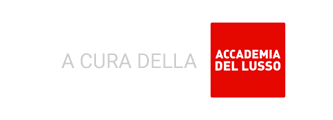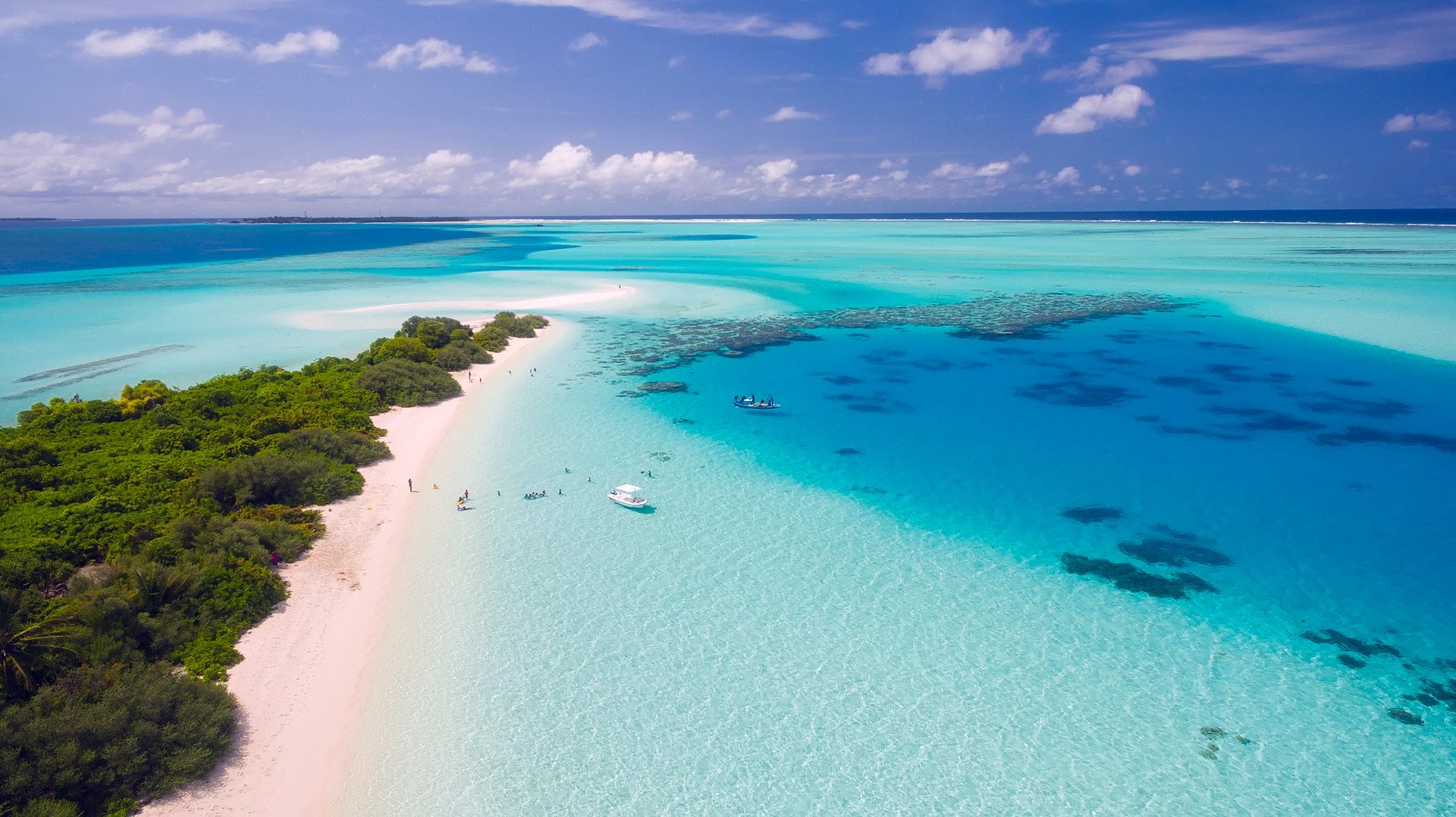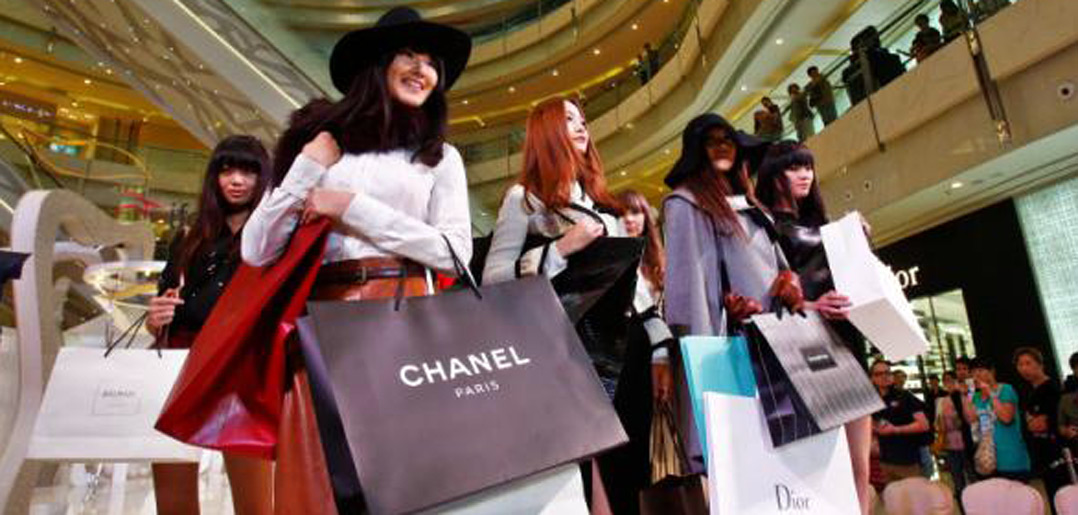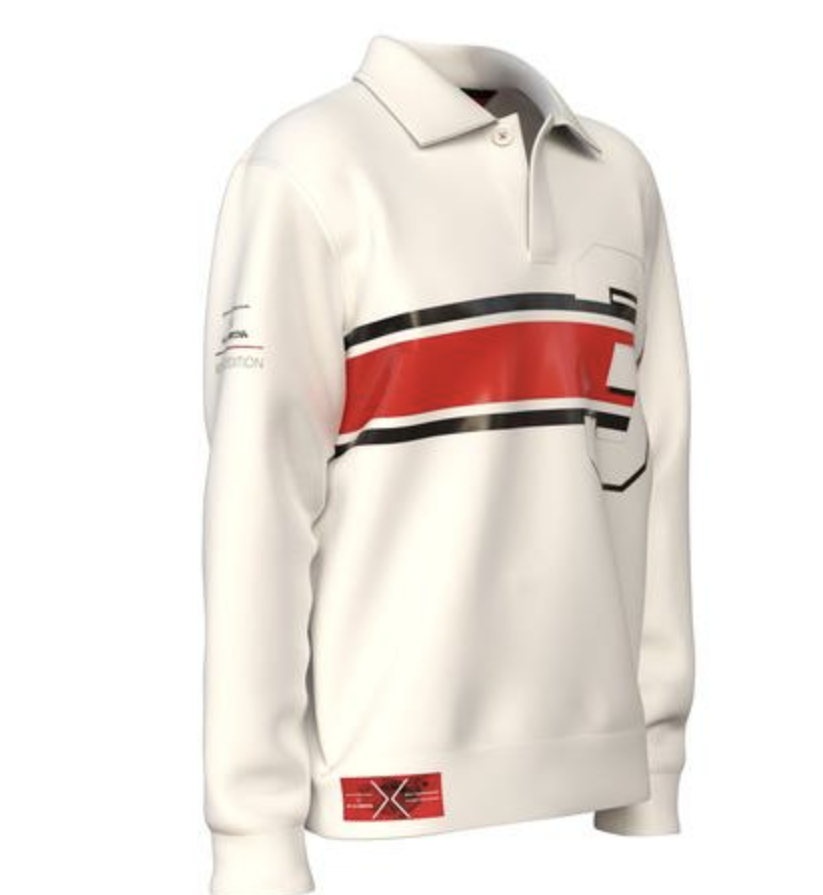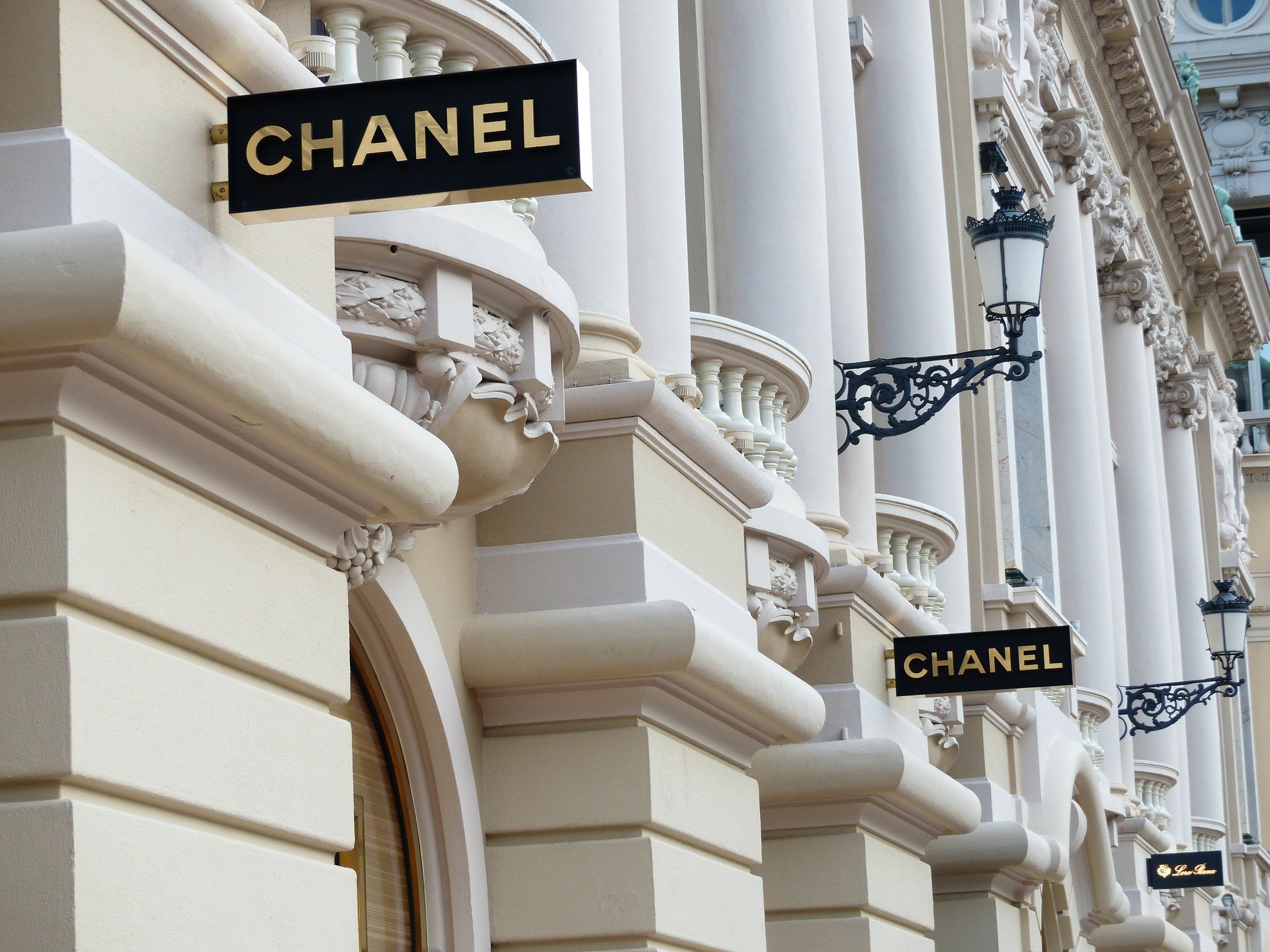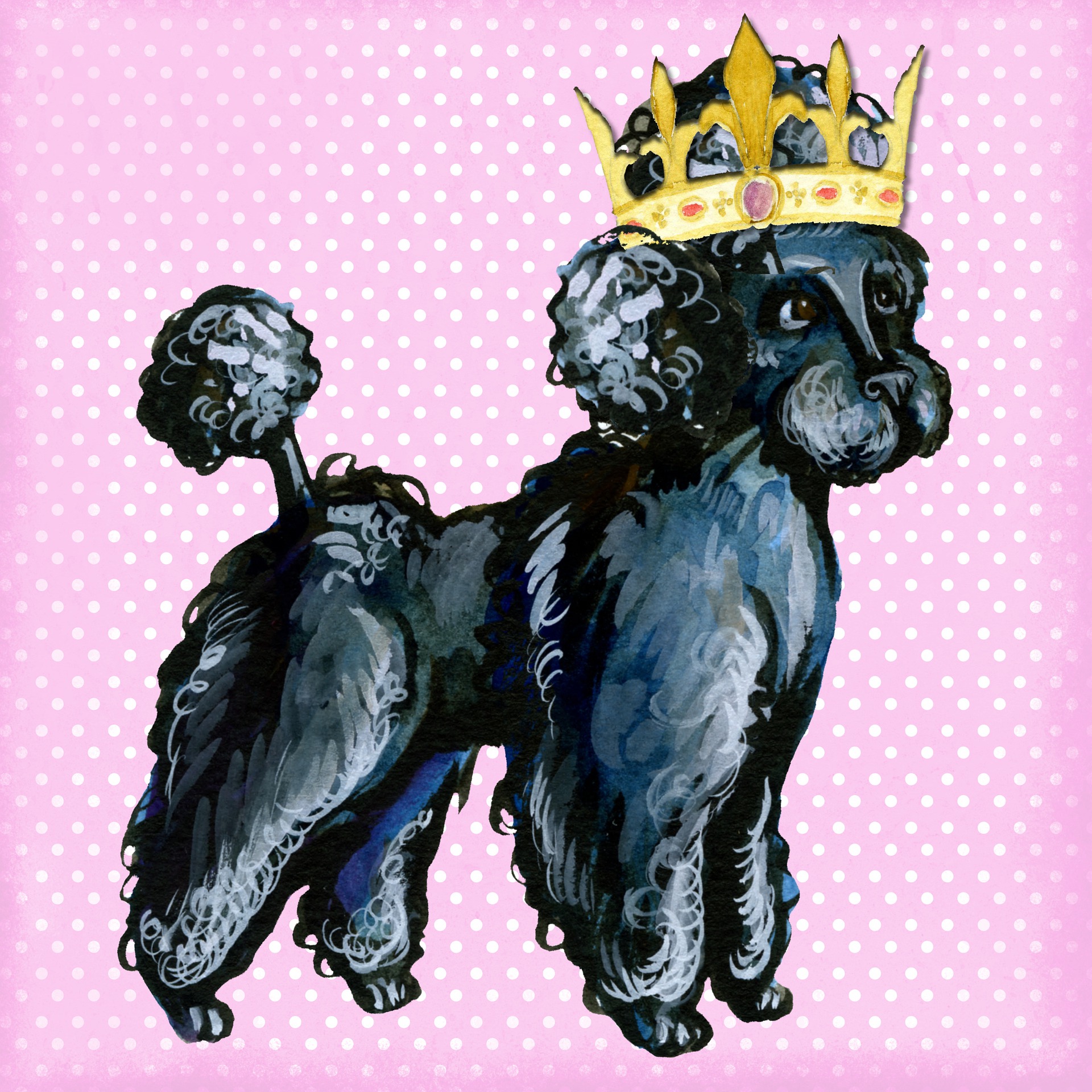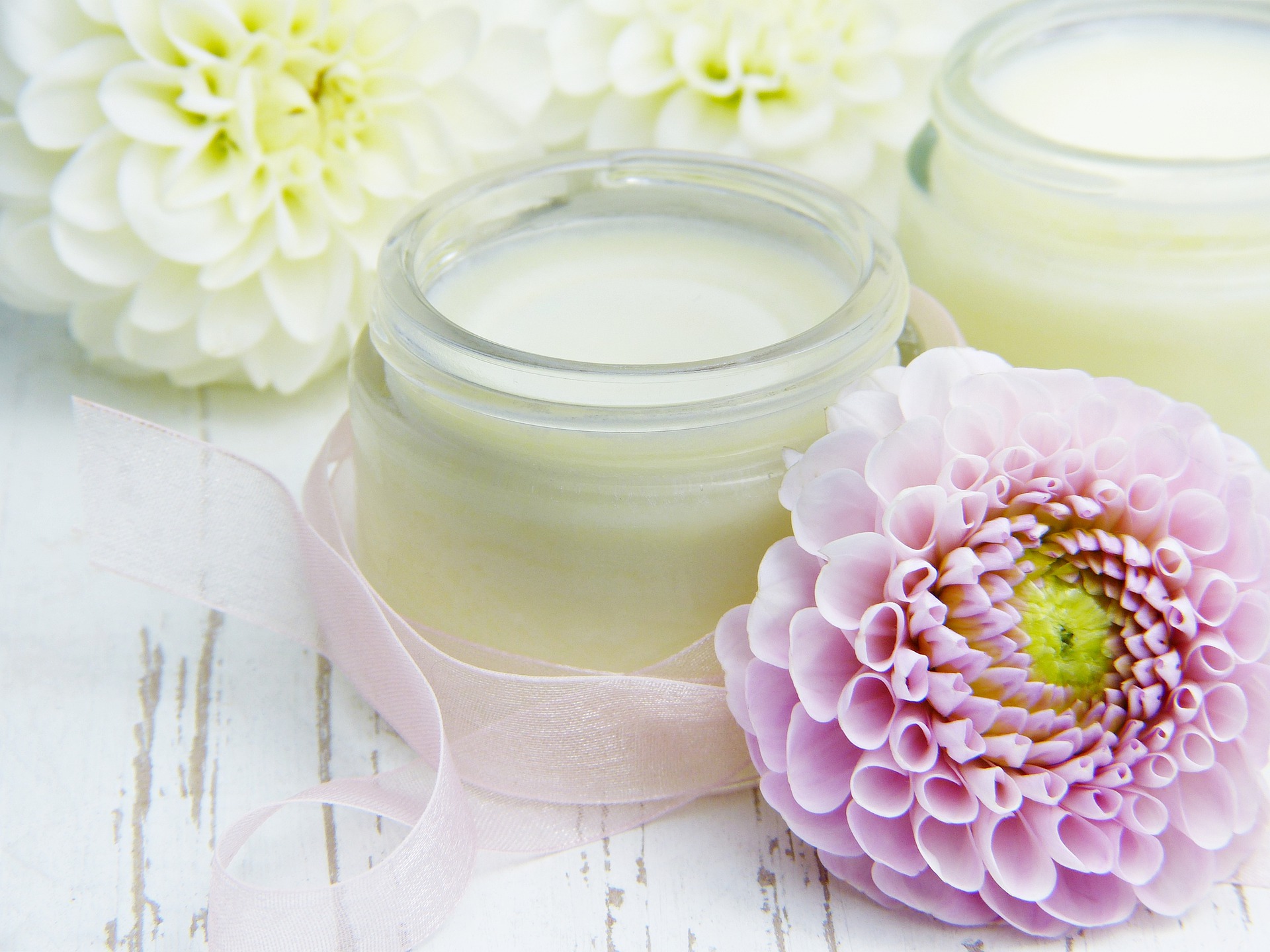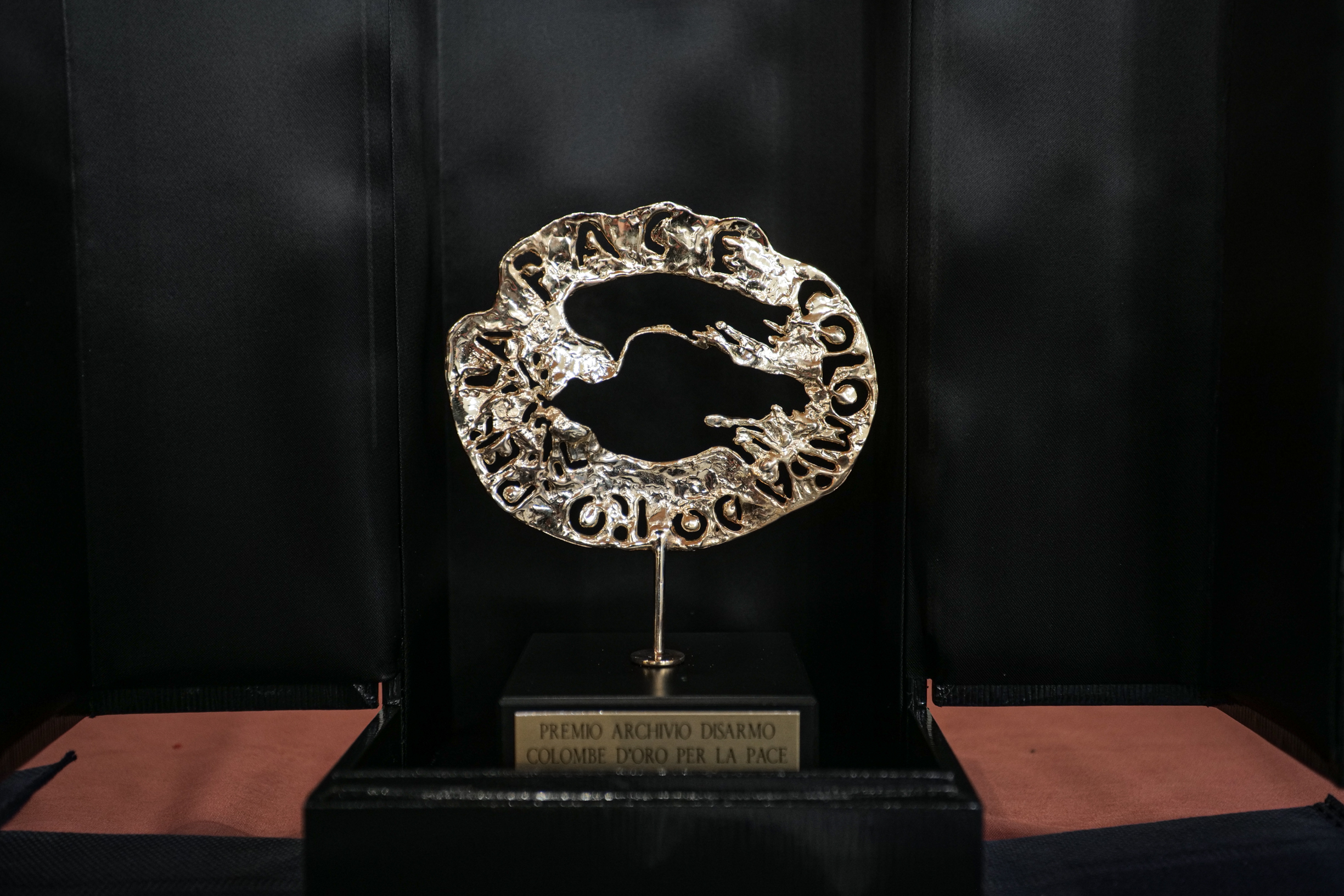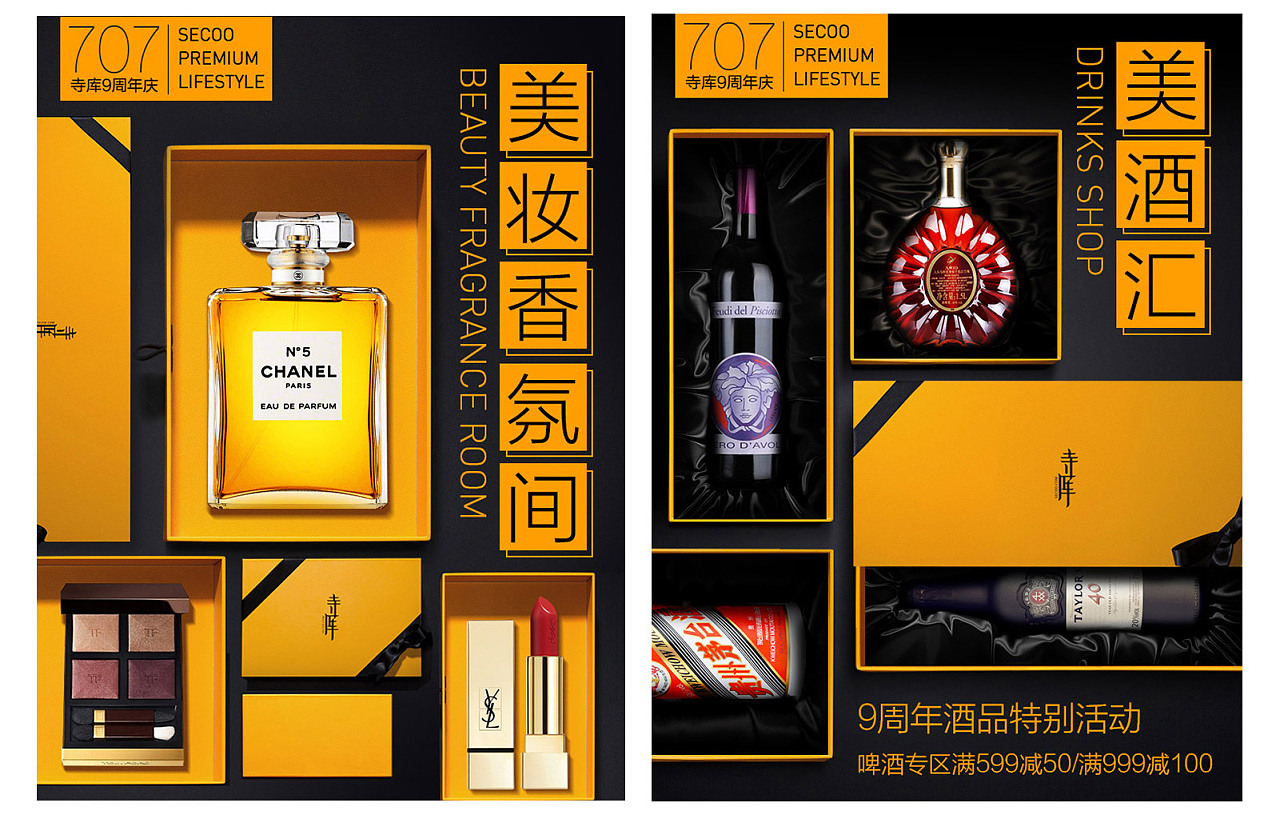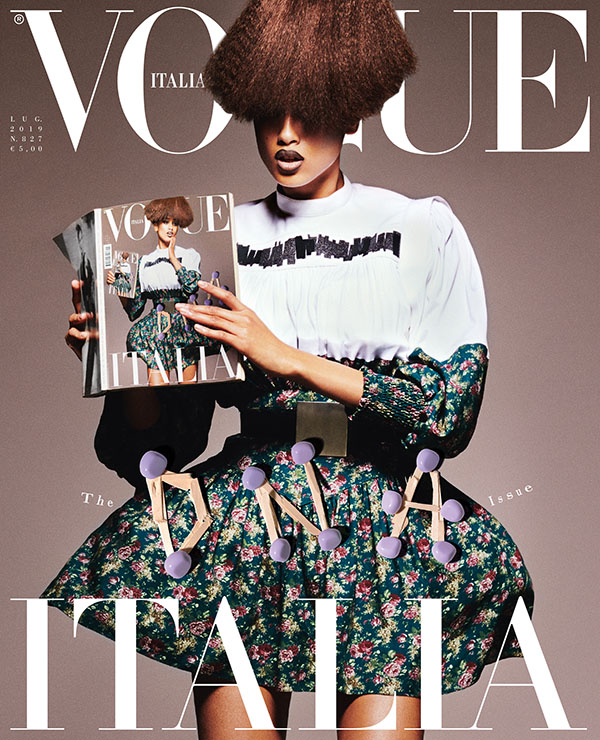Chinese love for luxury products together with an increasing purchasing power led to an extraordinary explosion of the luxury market in the PRC, which now accounts for one-third of the global spending
2018 has represented the year of China’s overtaking on the West. In particular, the Celestial Empire is powering the global market for luxury goods accounting for one-third of the worldwide consumption. When it comes to luxury consumption, Chinese have been ranking first for three years now with two-thirds of the purchases made outside Chinese boundaries, mainly in Europe and the United States.
In March, the global management consulting firm Bain & Company released a report revealing that Chinese spending on high-end consumer goods accounted for 33% of the annual global $294 billion-market in 2018, followed by the US and Europe whose contribute accounted for 22% and 18% respectively. But this kind of spending is not growing abroad only, the report shows the domestic market also grew in 2018. For the second year in a row, domestic luxury consumption reached $25 million last year, registering a 20% growth. It means that Chinese consumers made 27% of their high-end purchases in China in 2018, up from 23% in 2015, and this share is expected to increase to 50% by 2025.
China’s personal luxury goods market is projected to expand by 6% annually through 2024, and by then Chinese shoppers will contribute 40% of the worldwide sales driving 70% of the global luxury growth, according to Boston Consulting Group.
Multiple cuts on VAT, the expansion of China’s middle-class, as well as the emergence of young generations more inclined to spend on high-end goods, are what drove the country’s boom in the luxury consumption.
Last April, Beijing reduced the Value-Added Tax (VAT) on manufacturing products allowing big international luxury players to cut their prices in the Middle Kingdom. Announced in March, the tax cut aims at reducing the price gap between China and foreign countries in order to face the economic slowdown.
Some brands like Apple and Louis Vuitton are already reviewing their price lists but according to the local press, on the Chinese website of Apple, latest iPhone models are already sold with a discount of 500 yuan (about $74). In 2011, the luxury products sold outside China were about 68% cheaper than those same products sold in the country, but thanks to the measures taken over time, in 2017 the difference was reduced to 16%. Indeed, last summer, Beijing already lowered import duties by an average between 3 and 5%, with the goal of favoring purchases in the country.
Measures like tax reduction should encourage Chinese consumers, used to shopping abroad, to buy in local stores, thus fueling the domestic market by producing also first-time buyers of luxury goods.
Nevertheless, the constant expansion of a rich middle-class in China that aspires to establish its reputation through the purchase of high-end goods definitely drives the trend. Indeed, middle-class consumers will represent an estimated 65% of all Chinese households by 2027, according to research conducted by Bain & Company.
Moreover, Millennials and Generation Z – those born between 1995 and 2002 – represent today’s high-end buyers, who are destined to change the country’s consumption history in spite of the recent slowdown. Compared to their counterparts in other countries, these young customers have stronger spending power and are more willing to spend their money. They start purchasing luxury goods at an earlier age, around 10 years earlier than the Europeans and 20 years before those in the US. Plus, they also buy more frequently and freely compared to older generations, making them among the major contributors to the market growth.
According to reports, Millennials are the main customer base for luxury goods, accounting for 27% of luxury consumers, a figure that is expected to rise to 40% in the next 5 to 7 years. However, a study by research firm OC&C Strategy Consultants revealed China’s Generation Z accounts for 15% of their household’s spending compared with 4% in the US, spending much more money than their Millennial cousins.
Therefore, in order to attract young Chinese and expand in this fruitful market, big international players of the luxury industry started to engage with local celebrities and Key Opinion Leaders. British luxury fashion house Burberry, for instance, has appointed Kris Wu – one of the most popular Millennial idols in China – as its brand ambassador in 2017.
Nevertheless, another engine powering luxury sales in China is represented by digitalization. Although consumers in first and second-tier cities can immediately go to a local offline store to buy new products, for the Millennial or even Generation Z, the convenient e-commerce platform shopping experience is even more attractive than offline store shopping.
Like Amazon in the US, Chinese e-commerce giants are aggressively courting luxury brands. Both Alibaba and JD.com have recently launched dedicated all-in-one exclusive platforms with ultra-secure warehouses, invite-only loyalty programs, mobile e-commerce, and other services. And it’s working: Alibaba’s Tmall Luxury Pavilion now offers more than 80 brands, including Maserati, Valentino, and Burberry.
Chinese luxury shoppers have thus become more accustomed to purchasing expensive goods online. The big data of Alibaba’s Tmall shows that more than 100 million consumers have either browsed or purchased luxury products online over the past year. Moreover, more than half of luxury consumers in China use their mobile devices to research exclusive products.
In August 2017, Tmall even launched the Luxury Pavilion, which is an invite-only online platform for luxury brands addressed to a selected number of wealthy consumers. Similarly, JD.com also launched its first-ever luxury e-commerce platform called Toplife in October 2018. Moreover, the agreement between JD.com and Farftech, where the Dragon’s e-commerce giant has acquired over 20% of the European online luxury group, is an example of the Chinese digital supremacy at the service of the global luxury market.
Online high-end sales increased by 27% in 2018 to reach 10% of the total, but this growth is still driven by cosmetics, while online penetration in other categories remains very low. However, the digital world has become the one and most effective channel to talk to the younger generations.
During the ‘80s and ‘90s, since the start of economic reforms and the opening of the PRC, imported products entered the Chinese market attracting Chinese consumers, who were intrigued by these new products and by the Western lifestyle. Therefore, showing off international brands has become a way of expressing one’s personality and, in some cases, owning them is perceived as a real status symbol.
With the increase in awareness at the time of purchase together with the growth in purchasing power, since 2000 the Chinese have given greater importance to quality and safety, becoming more demanding customers.
When asked about their reasons for purchasing luxury goods, consumers in China say their tastes and improving quality of life are both important factors.
Therefore, considering the strong spending power of Chinese shoppers, luxury players have also stepped up their digital efforts, widened their product offerings, and re-adjusted their pricing strategies for Chinese customers in order to better suit local tastes and preferences.
In 2017 the luxury market has reached $55 billion and by 2025 estimates say that around 150 million Chinese people will buy high-end products.
However, in order to reach these figures, Beijing is expected to maintain its adjustment of import duties to encourage domestic consumption, as well as to reduce the VAT rate. The government also needs to continue imposing strict control over passengers at customs to more carefully supervise daigous who purchase overseas for local consumers. For their parts, brands that want to succeed in the Dragon must continue to narrow the price gap with overseas markets.
If everyone will do its job, the People’s Republic will not only account for the biggest percentage of global luxury spending but it will also dominate the market soon.





